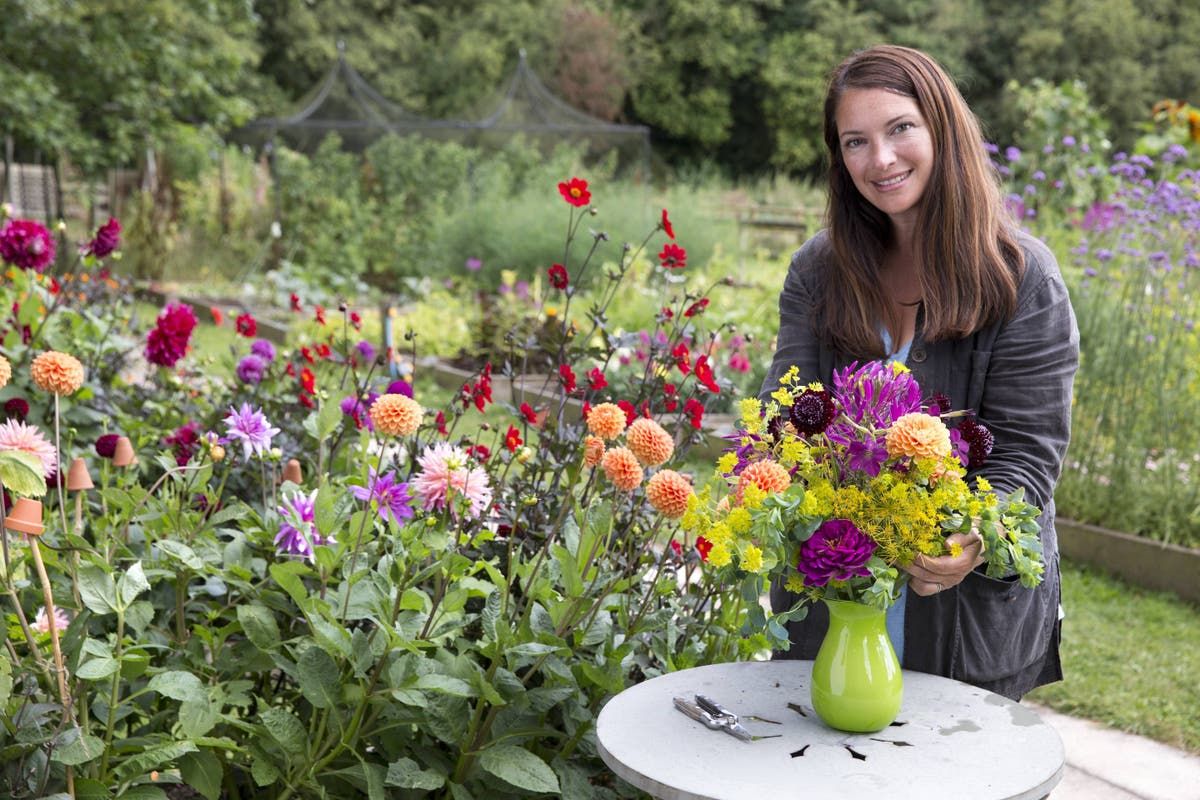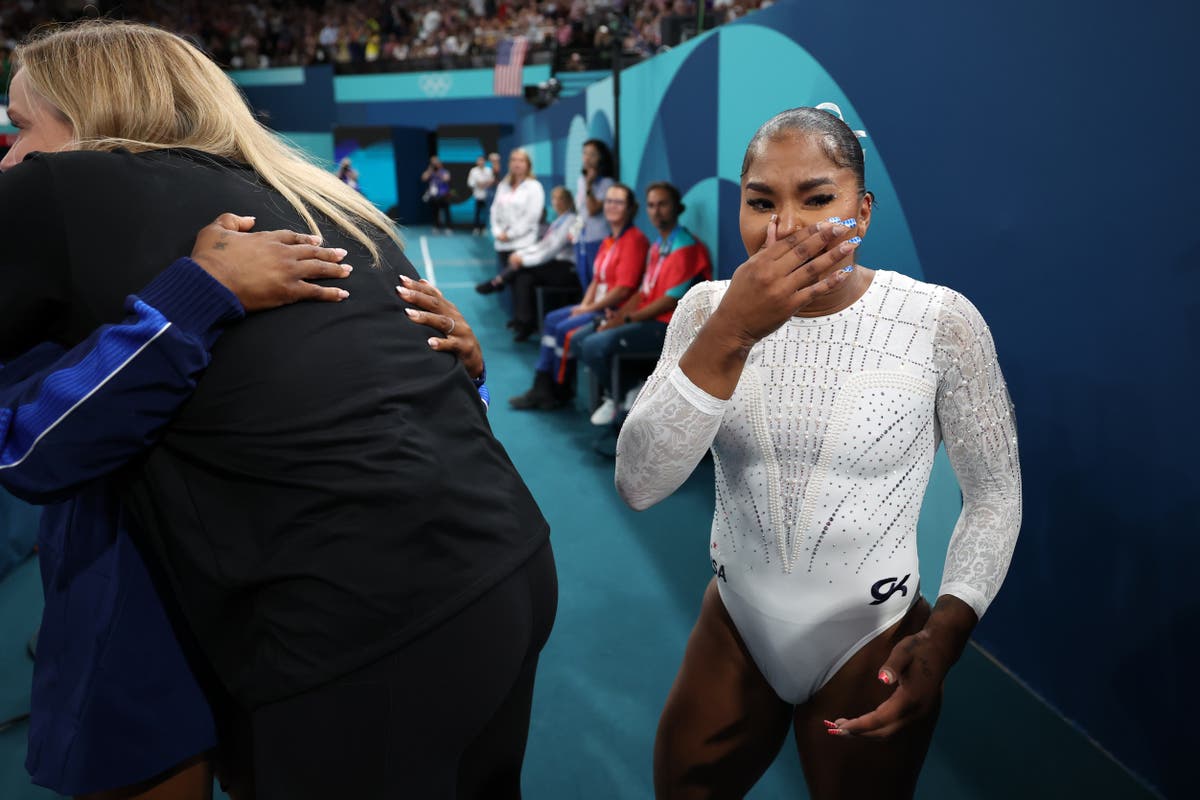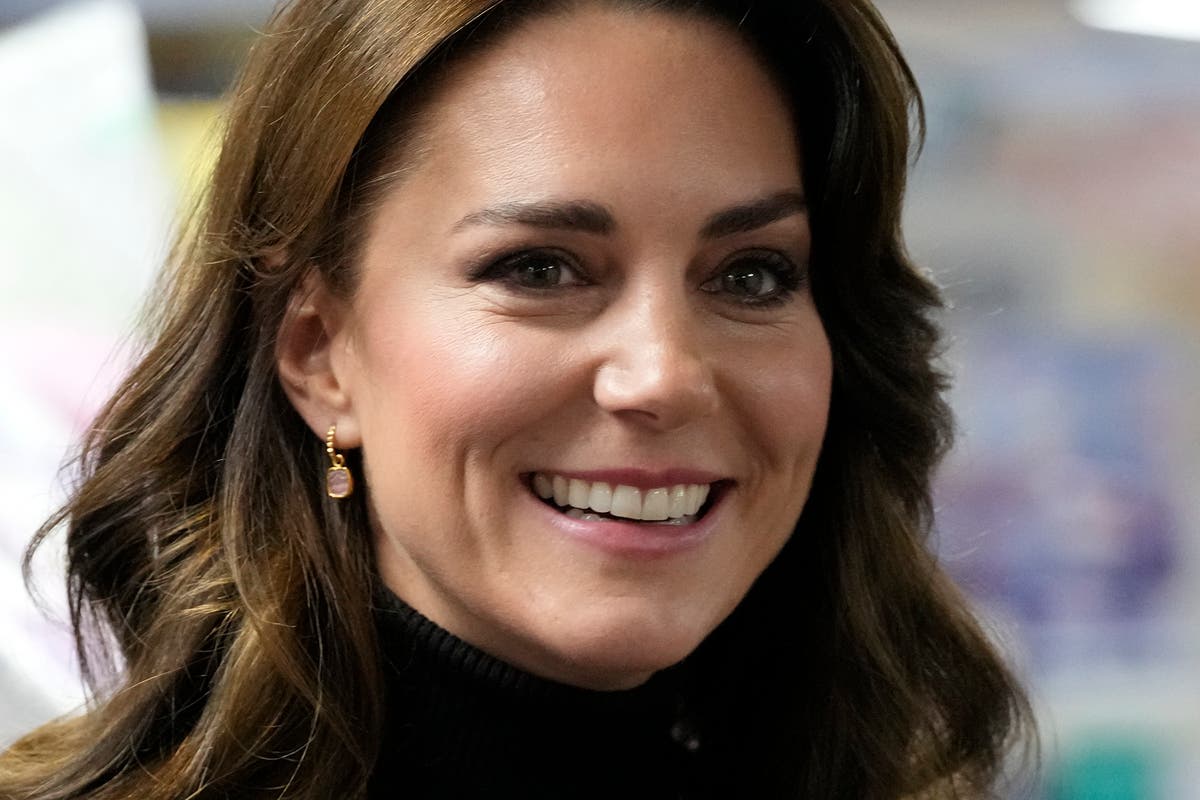Your support helps us tell the story.
In my reporting on women's reproductive rights, I have witnessed the critical role that independent journalism plays in protecting freedoms and informing the public.
Your support allows us to keep these vital issues under the spotlight. Without your help, we would not be able to fight for truth and justice.
Every contribution ensures that we can continue reporting on the stories that impact lives.
Kelly Rissman
US News Reporter
While some gardeners may be thinking about getting their gardens ready for the end of summer, Gardeners' World presenter Rachel de Thame is enjoying the beauty of dahlias and sedums, as well as other eye-catching plants as the cooler months approach.
“The idea of getting your garden ready for autumn is no longer valid,” says the TV presenter and writer, who will be offering seasonal planting tips to visitors to the Malvern Autumn Show later this month.
“I think we’ve all recognized that there’s still a lot of beauty to see in the garden later in the year and it’s better for the garden, the wildlife and the pollinators if we don’t cut it all down and clean it all up.
“I would say to take advantage of every aspect of the seasons and enjoy these amazing colors and fireworks displays that we have in the fall and those rare frosty days that shine in the winter.”
De Thame's favourites for their seasonal interest include:
1. Dahlias
“I must admit that dahlias were plants I had not grown for a long time, until about 12 years ago, when I visited a garden and came across an absolutely mind-blowing bank of colours. Since then I have become completely addicted to them, because they are plants with an incredible quality-price ratio.
“They start blooming in the summer and in my garden they continue to do so until November. If you remove the spent flowers regularly, you are encouraging many new ones to appear.
“In recent years, dahlia breeding has led to an explosion of different types, shapes, colours and heights. There is everything from blockbusters like ‘Café au Lait’, which is large and blooms, to individual specimens like ‘Bishop’s Children’, which have dark foliage and come in intense colours ranging from orange to red, and which can be grown from seed.”
2. Alstroemerias
“Some of my friends despise them because they remind them of garage forecourts, but if you choose carefully there are some very nice ones,” says de Thame.
“My favorite is ‘Indian Summer’ because the color is stunning. I’m drawn to the dark foliage combined with a bright flower. This one has dark stems and leaves, while the flowers are beautiful streaks of tangerine, gold and peach.
“It’s excellent value for money. In mid-summer, you’ve got a bunch of them flowering on one stem and when they start to grow, instead of cutting off the spent flower stems, you just pull them off, give them a hard tug and they come off at the base of the plant.
“Very quickly, the plant develops new foliage and a new set of buds and flowers, which are opening now. They may produce more later, depending on the weather.
“They are as sturdy as old boots, I have had them here in the ground for five years, they have behaved well and have not spread everywhere. They have the potential to flower until November.”
3. Sedum
“They are amazing because they have fleshy foliage and heads with broccoli-like flowers that are sometimes quite flattened. They are beautiful when they are in bud and in flower and when they fade they dry out a bit but are still attractive and architectural.
“There are many different varieties, but I still like the simplest species, Sedum spectabile. You can find sedums with dark foliage and others with a creeping habit.”
Pollinators love them too, so they are extremely helpful for insects that are still foraging when the weather starts to cool.
4. Bulbs that bloom in autumn and winter
“Autumn crocuses (colchicums) are something you don’t expect to see as people are so obsessed with spring bulbs. I love the little cyclamens and colchicums that bloom in autumn.
“You had an amazing summer show with all those intense colors and fall-blooming perennials, but I love that as the season progresses you have these quieter moments, seeing things like the fall crocus at ground level.”
“You can have whole swathes of them in huge gardens, but even if you have one tree, a flowering cherry tree or something, just group them around the base of that tree or under some deciduous shrubs.
“Some people grow them in pots, but I find them more natural. They also grow in grass.”
Eranthis are also fantastic, she says, producing carpets of tiny golden flowers in January and beyond.
5. Hellebores
“Hellebores are a must in my garden. Some of the first ones appear around Christmas and are planted quite late. And as the flowers usually last a long time, they still look attractive on the plant even after they have faded.
“I love them when they are very dark, almost slate-like, with the little edges and the splotches and the splashes. They self-seed profusely and I leave a few out to see what comes out.
Their classic colours range from white and green to pink and ruby, with drooping heads, although many breeding changes have been made to adapt the flowers to face forwards.
“I actually like hanging flowers, where you have to stick your finger in and lift them up to look inside,” says de Thame.
The Malvern Autumn Show takes place from 27-29 September at Three Counties Showground, Malvern, Worcestershire.












